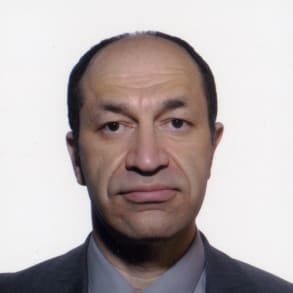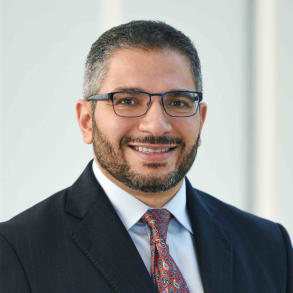Originally broadcast Wednesday, May 27th
DiLumen Oral Presentations
- Dr. Sergey Kantsevoy, Director at the Center for Therapeutic Endoscopy at Mercy Medical Center, Baltimore, Maryland, will present his clinical case series experience after over 500 complex polypectomies with DiLumen, demonstrating the safety and effectiveness of the device for facilitating colonic endoscopic intervention and reducing case time.
- Dr. Mohamed Othman, Associate Professor of Medicine and Chief of Gastroenterology at Baylor St. Luke’s Medical Center, Houston, Texas, will present his interim report on colonic complex polypectomy outcomes with DiLumen demonstrating safety (no serious adverse events) and efficacy of the device during EMR and ESD. The results are from the first 80+ cases as part of a multi-center U.S. Registry.
DiLumen Posters
- Dr. Hiroki Yamashita is a resident at the Department of Gastroenterology and Endoscopy, National Cancer Center Hospital East, Kashiwa, Japan. Dr. Yamashita will present his data on the usefulness of a double-balloon device for colorectal endoscopic submucosal dissection in a porcine model. These data, collected from new users of DiLumen, evaluates ease of use and dissection speed for a typical novice looking to incorporate a double-balloon device into their workflow.
- Dr Christopher C. Thompson, MD is the Director of Endoscopy at Brigham and Women’s Hospital, and a Professor of Medicine at Harvard Medical School. Dr Thompson will present his data from pre-clinical explant models. His data indicate a shorter learning curve with novice colon ESD users with use of DiLumen C2 and a statistically significant reduction of dissection time with DiLumen C2 versus traditional ESD.
Related Presenters

